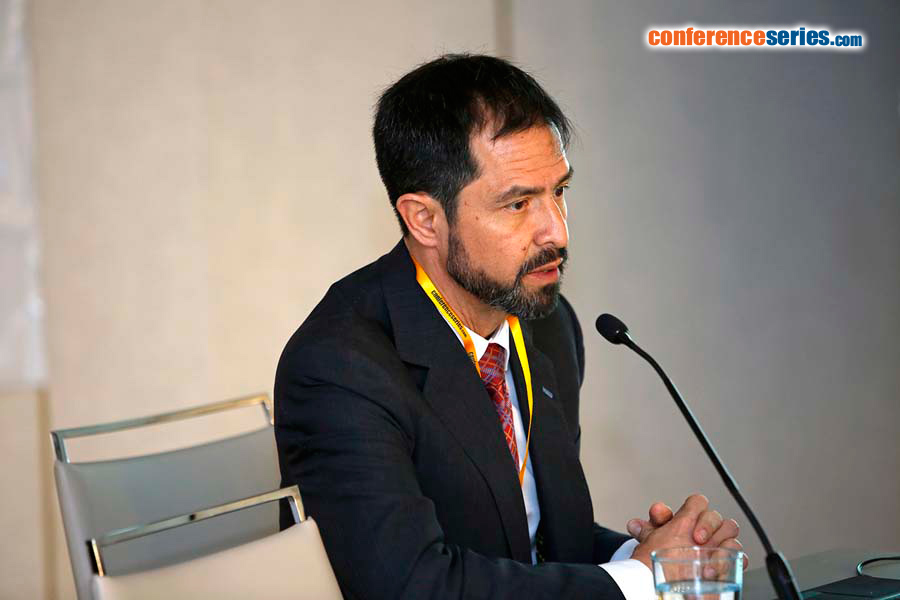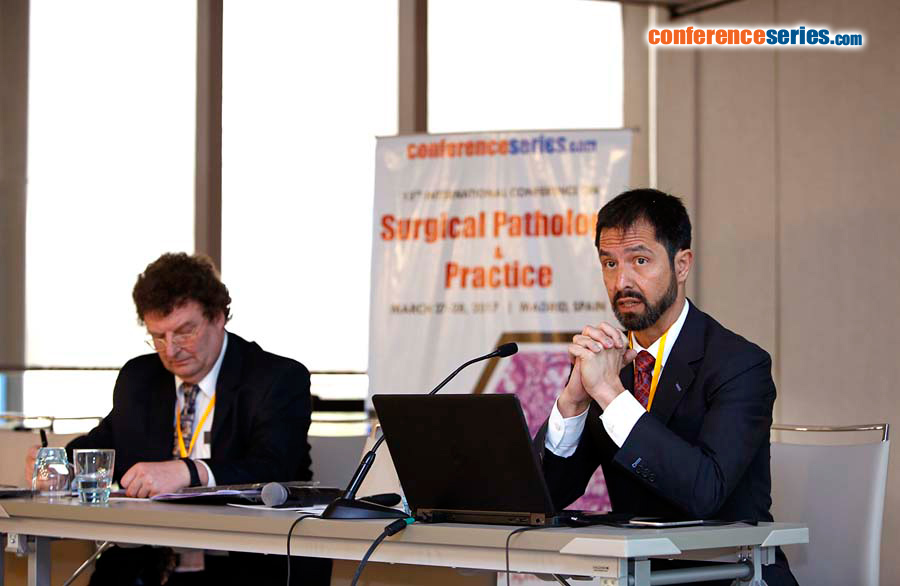
Rodolfo Arcovedo
Sharp Healthcare, San Diego USA
Title: In-office preoperative sonographic axillary staging streamlines selection of patients for neoadjuvant therapy
Biography
Biography: Rodolfo Arcovedo
Abstract
Background/Objective: Determining nodal status is paramount in the medical management of breast cancer. Preoperative identification of axillary involvement derives the following benefits: improved prognostic information, earlier neoadjuvant therapy, increased opportunities for breast conservation, and a pathological complete response to chemo, in a subset of patients. Despite this, many studies provide contradictory evidence of the efficacy of the utilization of diagnostic techniques in the assessment of axillary involvement. We assessed the clinical value of in-office preoperative sonographic axillary nodal staging using ultrasound (US) with/without nodal tissue sampling (NS) in patients with primary breast cancer to assist in selecting patients for neoadjuvant therapy.
Methods: 165 single-practice patients with primary breast cancer that underwent an in-office axillary US+/-NS by the surgeon were retrospectively analyzed and reviewed. Sensitivity and specificity of US+/-NS diagnosis of nodal involvement in these patients were compared against final pathological results of intraoperative Sentinel Node Biopsy (SLNBx) and/or Axillary Dissection (AxD)). Subgroups by histopathological features, age, tumor size, and BMI were created and analyzed in their potential impact on sensitivity, specificity, positive predictive value, and negative predictive value of axillary nodal involvement. Data was statistically analyzed using Student’s two-tailed t-test Graph pad software.
Result: By using US+/-NS preoperatively, the axillary nodal status of 27 patients (TP+FP) tested positive, and 138 patients (TN+FN) tested negative. The sensitivity (56.8%) and specificity (98.4%) of axillary nodal status using US+/-NS preoperatively was compared to the gold standard (SLNBx/AxD) postoperative (>90% sensitive and specific). By utilizing US+/-NS, 39 patients were determined to have an increase in the cancer staging (larger tumor size or nodal status), and 19 patients (TP) avoided SLNBx (streamlined to AxD). Ten patients that avoided SLNBx were Her2+ or triple negative. US+/-AS was more sensitive in the following groups: Age <50 years, and tumors that were T2 (P<0.085).
Conclusion: In staging breast cancer, a key element is assessing axillary nodal involvement. US+/-NS is a great tool to assist in preoperative staging. Our, albeit underpowered, study showed that the utilization of US+/-NS had the greatest sensitivity in younger patients with tumor sizes T2 or greater. The performance of this simple in-office ultrasound axillary staging allowed us to capture 11.5% more patients who were good candidates for neoadjuvant chemotherapy. Half of these patients had tumor characteristics with potential for a complete pathologic response to chemotherapy. By finding the node positive patients preoperatively, one can direct more patients to neoadjuvant chemotherapy, select those requiring axillary dissection, and plan delayed reconstruction should they need post-mastectomy radiation. Also, patients selected for axillary dissection avoided sentinel lymph node procedure. This reduced the financial and clerical burden, and patient apprehension.




